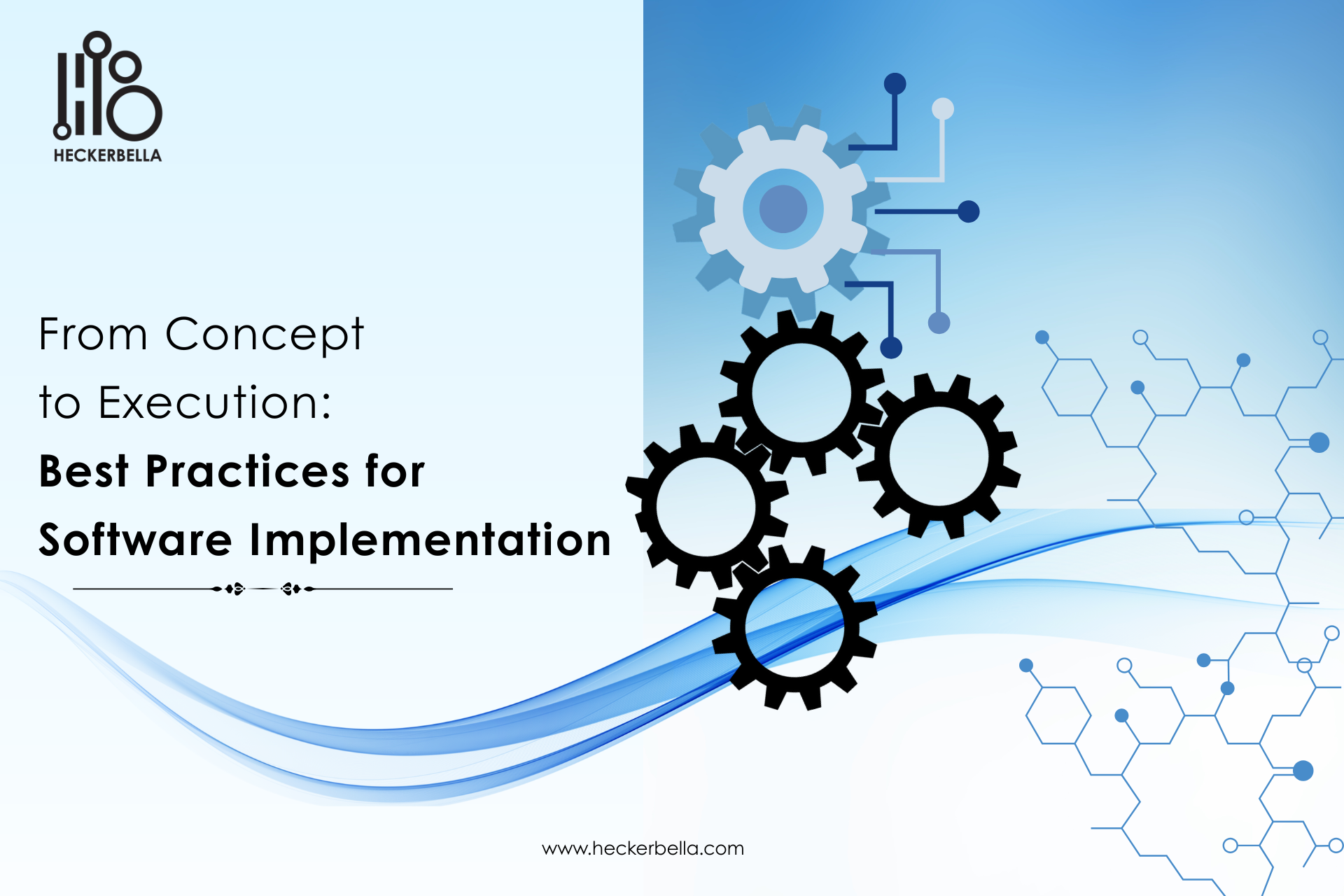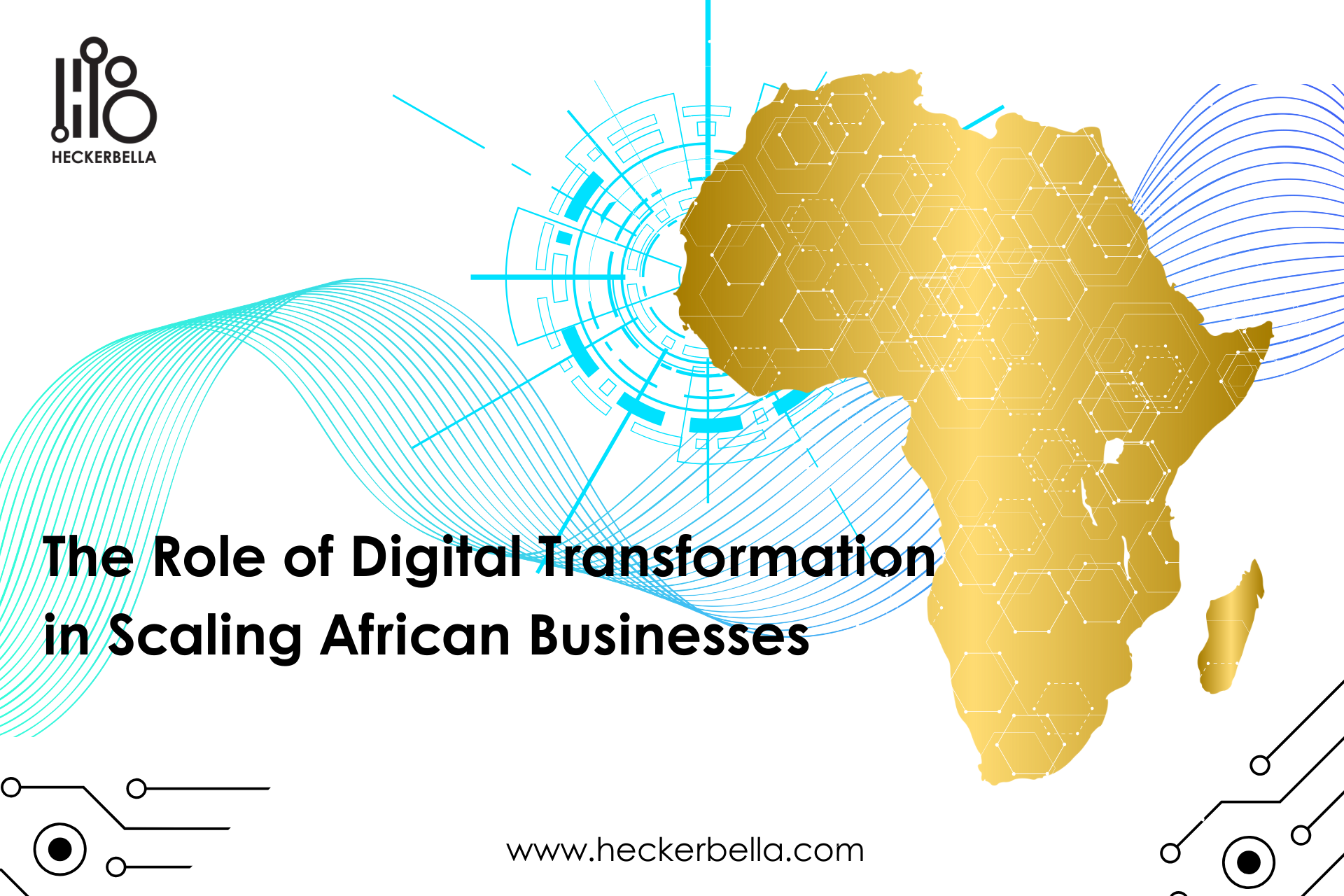The Rise of Biometric and Advanced Authentication in Workforce Management

As organizations shift toward digital and hybrid workplaces, advanced security and authentication methods are now critical in workforce management. Among these methods, biometric technologies—fingerprint scanning, facial recognition, and voice identification—are rapidly gaining traction for their efficiency, security, and accuracy. By eliminating vulnerabilities associated with traditional attendance systems, biometrics is reshaping how businesses secure and manage attendance data, ensuring a reliable record of employee presence while enhancing overall security.
Why Biometric Authentication Matters in Workforce Management
Data security has emerged as a core challenge in today’s interconnected work environments. With sensitive employee information at stake, companies must adopt authentication methods that minimize risks associated with unauthorized access and data manipulation. Traditional attendance systems, such as swipe cards or password-based logins, are susceptible to fraud tactics like “buddy punching” (when one employee clocks in for another), which compromise data integrity and drive-up operational costs. Biometric systems address these vulnerabilities by utilizing unique biological characteristics, ensuring that attendance logs are both accurate and secure.
Key benefits of integrating biometric authentication into workforce management include:
1. Enhanced Accuracy: Biometric authentication eliminates discrepancies and errors, providing precise, verifiable attendance records.
2. Reduced Fraud: Unique biometric markers make buddy punching and other forms of fraud nearly impossible, safeguarding the organization’s resources.
3. Increased Efficiency: Biometric systems streamline the attendance process, reducing the time employees spend on logging in and out and minimizing administrative work.
4. Improved Employee Accountability: As biometrics offer indisputable proof of attendance, employees are more likely to adhere to scheduled hours, leading to fairer practices and better overall productivity.
How Biometric Authentication Works: Core Technologies
Biometric authentication technologies leverage biological and behavioral characteristics to verify employee identities. Some of the most commonly implemented methods include:
1. Fingerprint Recognition
One of the oldest and most widely used biometric systems, fingerprint recognition captures an employee’s unique fingerprint pattern to verify their identity. This method is fast, highly reliable, and cost-effective. Many organizations use fingerprint-based systems as the foundation of their biometric attendance solutions due to their simplicity and precision.
2. Facial Recognition
Facial recognition analyzes the structure of an individual’s face, distinguishing unique facial features such as the distance between the eyes, nose shape, and jawline. Using advanced algorithms, facial recognition systems can accurately identify individuals within seconds, making them ideal for high-traffic, fast-paced environments. This technology also allows for contactless attendance, which is increasingly desirable in the wake of health-conscious workplace practices.
3. Voice Recognition
Voice recognition technology uses vocal patterns, pitch, and tone to verify a person’s identity. Though less common than fingerprint or facial recognition, voice-based authentication is valuable for its hands-free, convenient nature, especially in workplaces where hands-on tasks are common.
4. Iris and Retina Scanning
Iris and retina scanning technologies, though more complex and expensive, offer the highest level of security and accuracy by analyzing unique patterns in the eye. This technology is typically used in high-security industries where data sensitivity is paramount.
TimAtend: Integrating Secure Biometric Solutions for Workforce Management
In line with these advancements, TimAtend—developed by Heckerbella—provides a comprehensive biometric solution for workforce management, tailored to meet the demands of modern businesses. TimAtend’s biometric integration simplifies attendance tracking while enhancing data security, combining fingerprint and facial recognition for fast, accurate employee verification. By preventing buddy punching and ensuring that attendance data remains reliable, TimAtend not only optimizes administrative processes but also strengthens the integrity of workforce data.
Through TimAtend’s mobile-friendly and user-centric interface, employees can access secure attendance tracking anytime, anywhere, aligning seamlessly with the needs of hybrid and remote teams. For CEOs and C-suite executives, TimAtend offers a streamlined solution to the complex challenge of workforce management, driving both operational efficiency and compliance.
Challenges in Implementing Biometric Authentication and Mitigation Strategies
While biometric systems offer significant advantages, implementing them can pose certain challenges:
1. Privacy Concerns
Employees may worry about how their biometric data is stored, used, and protected. To address this, organizations must be transparent about data handling practices and adhere to stringent data protection standards, ensuring that biometric data is encrypted and securely stored. Providing clear information on the privacy and security of biometric data helps build employee trust and acceptance.
2. Technical Issues
Biometric systems, particularly those requiring sophisticated hardware, can encounter technical issues that interrupt workflow. To mitigate this, companies should choose reliable, user-friendly biometric solutions that offer support and regular updates. It’s also essential to train IT teams to address potential technical challenges swiftly.
3. Implementation Costs
High-quality biometric systems may require a significant upfront investment in hardware and software. A phased approach to adoption, beginning with key departments or high-traffic areas, can help spread costs and demonstrate the technology’s ROI over time.
The Way Forward: A Strategic Approach to Biometric Integration
For organizations aiming to harness the full potential of biometric authentication, a strategic approach is essential. Here’s a suggested path forward:
1. Assess Workforce Needs: Understand where and how biometric authentication would add the most value within the organization. For instance, high-traffic areas, secure zones, or remote teams may benefit most from this technology.
2. Choose the Right Technology: Select biometric methods that align with your security requirements, workplace culture, and budget. For general attendance management, fingerprint or facial recognition may be sufficient, while high-security environments may benefit from iris scanning.
3. Implement Privacy and Compliance Policies: Establish data handling policies in line with regional and international regulations to protect employee privacy and secure biometric data. Communicate these policies clearly to foster trust among employees.
4. Provide Employee Training: Offering training on biometric systems ensures that employees understand how to use the technology effectively and securely. Emphasize the system’s benefits to both employees and the organization to encourage smooth adoption.
5. Continuous Monitoring and Feedback: Regularly assess the performance of biometric systems, gathering feedback from employees and monitoring for any technical issues. This allows for continuous improvement and ensures that the technology evolves in response to workforce needs.
Looking Ahead: The Future of Biometric Authentication in Workforce Management
As we move into 2025, biometric authentication will continue to advance, making attendance tracking and workforce management more secure, efficient, and accurate. These systems are not just about enhancing security—they represent a shift toward more reliable, data-driven practices that streamline operations and improve employee accountability. For executives, investing in biometric authentication like TimAtend offers a forward-thinking solution that not only addresses immediate workforce challenges but also sets the foundation for a resilient, adaptable business future.
By integrating biometrics into workforce management, organizations can embrace a future where accurate, secure data is standard, reinforcing the commitment to a safe and efficient work environment. For companies ready to make the leap, biometric solutions offer both the tools, and the strategy needed to thrive in an increasingly digital world.




